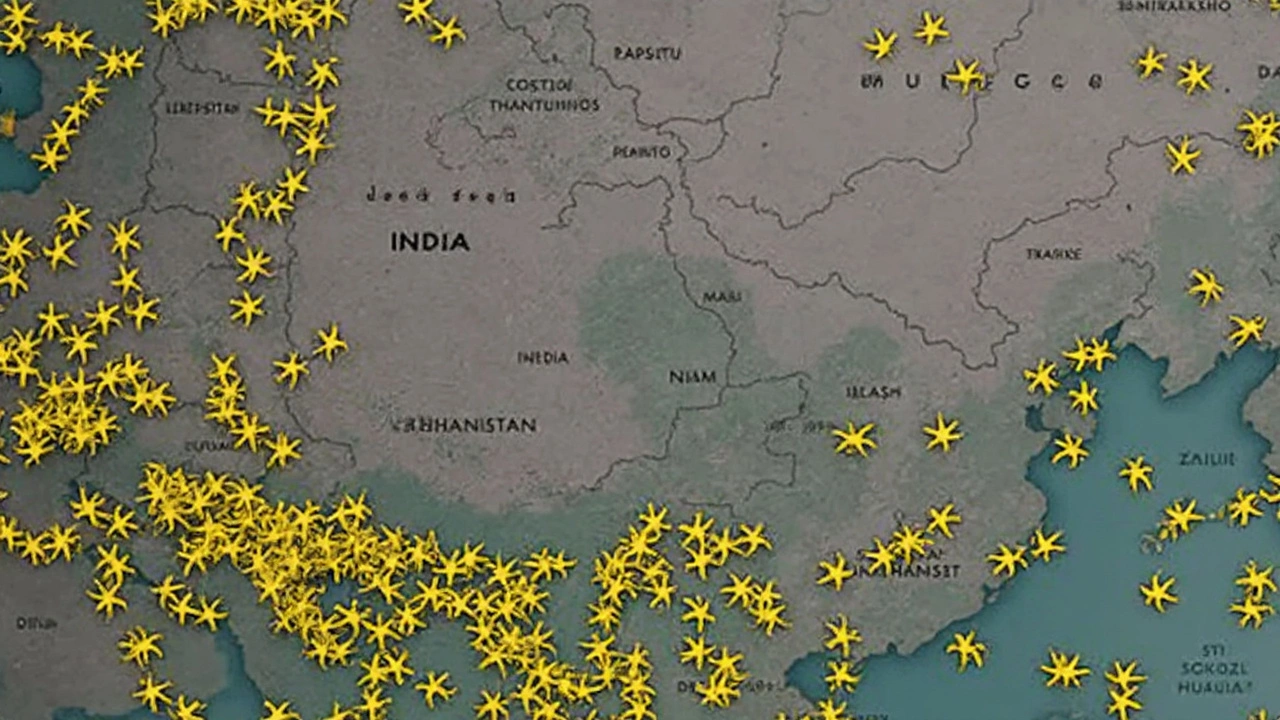Violence Erupts After Pahalgam Attack
One attack in April changed everything. When a terrorist strike targeted the resort town of Pahalgam and left 27 people dead—most of them Hindu tourists—history’s old fault lines between India and Pakistan split wide open. Now, what started as a tragedy has turned into a dangerous cycle of military escalation along the border.
India wasted no time. Just over two weeks after the attack, the Indian military unleashed missile strikes on nine sites it said were active terrorist hubs, meant for organizing more cross-border violence. New Delhi insisted the targets in Pakistan were picked for their operational importance, but Islamabad painted a very different picture: 26 civilians killed, and a warning that the strikes were 'acts of war.'

Drone Threats and Water Sabotage
It didn’t end with missiles. Drones became the frontline weapon from May onward. Drone sightings and intrusions filled the skies from Jammu down to Gujarat. One episode in Punjab’s Ferozepur district left several civilians wounded and entire villages gripped by fear. As Pakistani jets shot down five Indian aircraft, the conflict showed just how quickly these two nuclear-armed neighbors can escalate.
But fighting wasn’t just above ground. On April 23, India pulled a dramatic card—suspending the Indus Waters Treaty that had governed both countries' access to shared rivers for decades. In a shocking move, India released large amounts of water from the Uri Dam into the Jhelum River overnight, flooding the city of Muzaffarabad in Pakistan-administered Kashmir. Meanwhile, sudden dam closures on the Chenab River drained water supplies, leaving Pakistan’s Sialkot region barren, a fact captured in unsettling satellite images.
The water maneuvers revealed new ways these rivals could threaten each other without firing a single shot.
On the ground, life was stuck on pause. Border airports closed, and partial blackouts swept towns near the Line of Control. The Kartarpur Corridor—a pilgrimage route considered a rare gesture of goodwill between the two nations—reopened for a day before officials closed it again, its future uncertain.
- Pakistan reported 33 civilian deaths and over 50 injuries in less than a month along its border regions.
- India insisted its retaliatory strikes hit only terrorist targets, pushing back against claims of civilian casualties.
- The daily reality: families caught between strikes, floods, and abandoned homes, unsure when it’s safe to return.
Through all of this, US President Donald Trump chimed in, claiming to be close with leaders on both sides and offering to mediate—a familiar script, but one the region’s diplomats rarely trust fully. Still, his call to “de-escalate as quickly as possible” is about the only thing both governments agree on publicly right now.
Whether anyone is listening is a much bigger question. For millions on both sides of the border, each new headline brings more uncertainty—and less hope of real peace.
